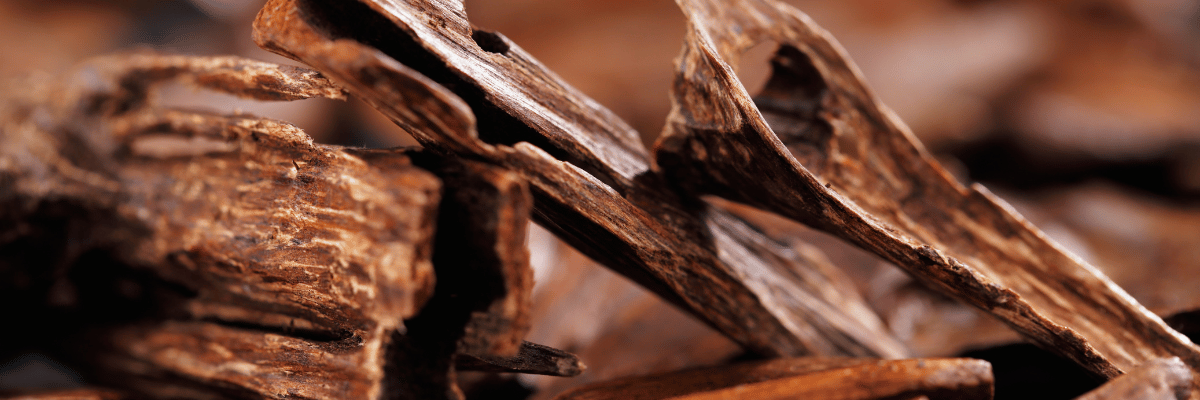
Hindi Oud is a precious resin formed in the heartwood of Aquilaria trees native to India. Renowned for its unique aroma and cultural significance, Hindi agarwood has been prized for centuries.
Agarwood has a rich history in India, dating back to ancient times. It was used in religious rituals, traditional medicine, and perfumery. The ancient texts of India, such as the Vedas and Ayurveda, mention the medicinal properties of agarwood.

The harvesting and processing of Hindi agarwood involve identifying infected trees, extracting the resin, and preparing it for market. Sustainable practices are essential to protect agarwood trees and ensure their long-term availability.
The demand for Hindi agarwood has been increasing in recent years, driven by its unique aroma and cultural significance. Factors such as quality, scarcity, and market trends influence pricing.
Hindi oud is a precious and versatile resource with a rich history in India. Its unique aroma, cultural significance, and various applications make it a highly sought-after commodity. By understanding the different types of Hindi agarwood and the factors influencing its quality and price, consumers can make informed choices and appreciate this valuable natural product.
You can purchase all kind of Hindi Agarwood or High high-quality oud directly from Our Website or also you can buy our Oud from our online agarwood marketplace Aroma SouQ
Free Shipping Over 1000 AED Order.
Easy exchange and refund policy available
24/7 customer support - we're here and happy to help!
Cash on delivery available for all orders.
Al Mutalib is a renowned name in the world of oud, offering a captivating collection of premium oud products. Our commitment to providing the finest agarwood, sourced directly from sustainable forests, ensures that every piece we offer meets the highest standards of quality and authenticity.
Sign up for exclusive updates, new arrivals & insider only discounts